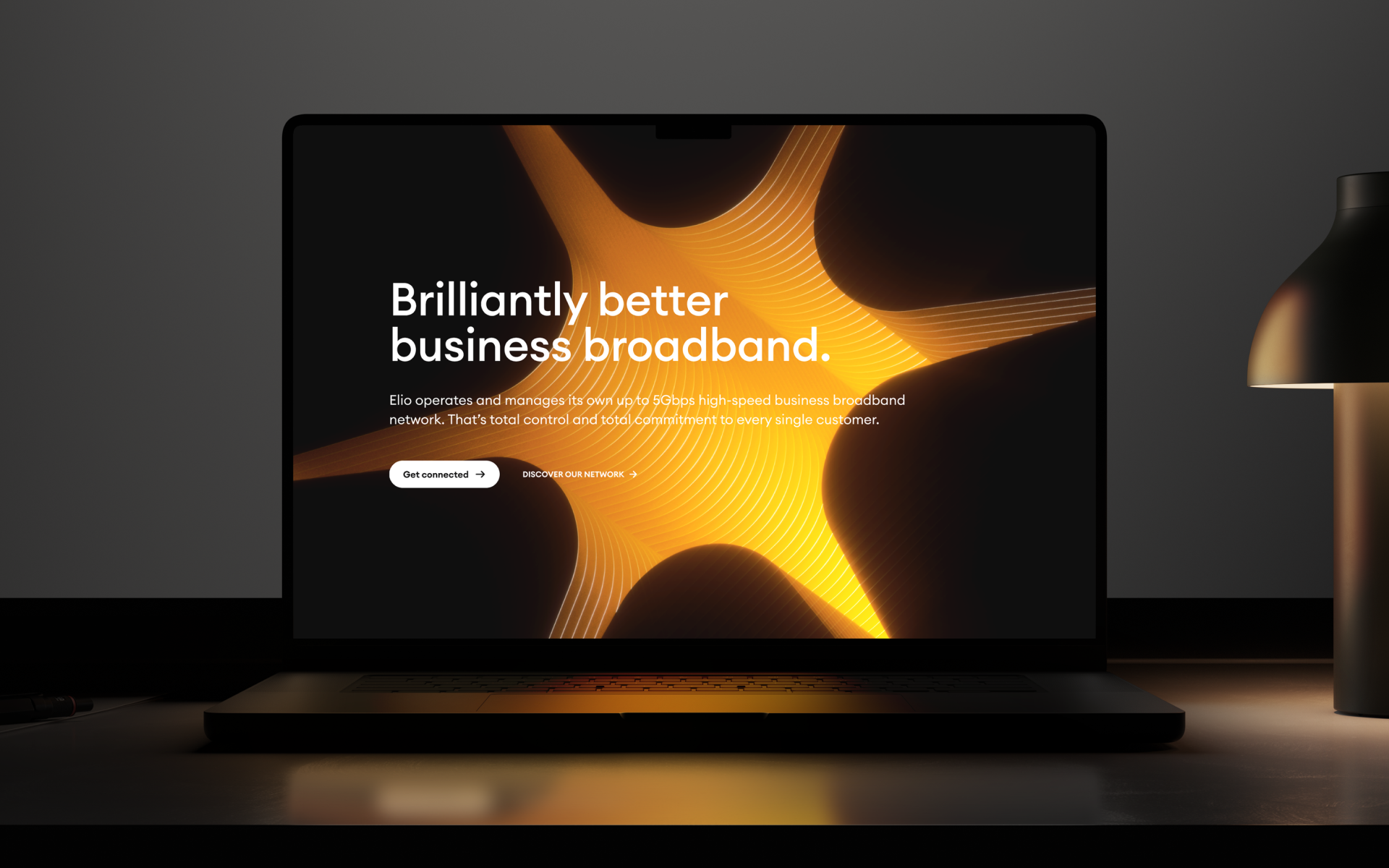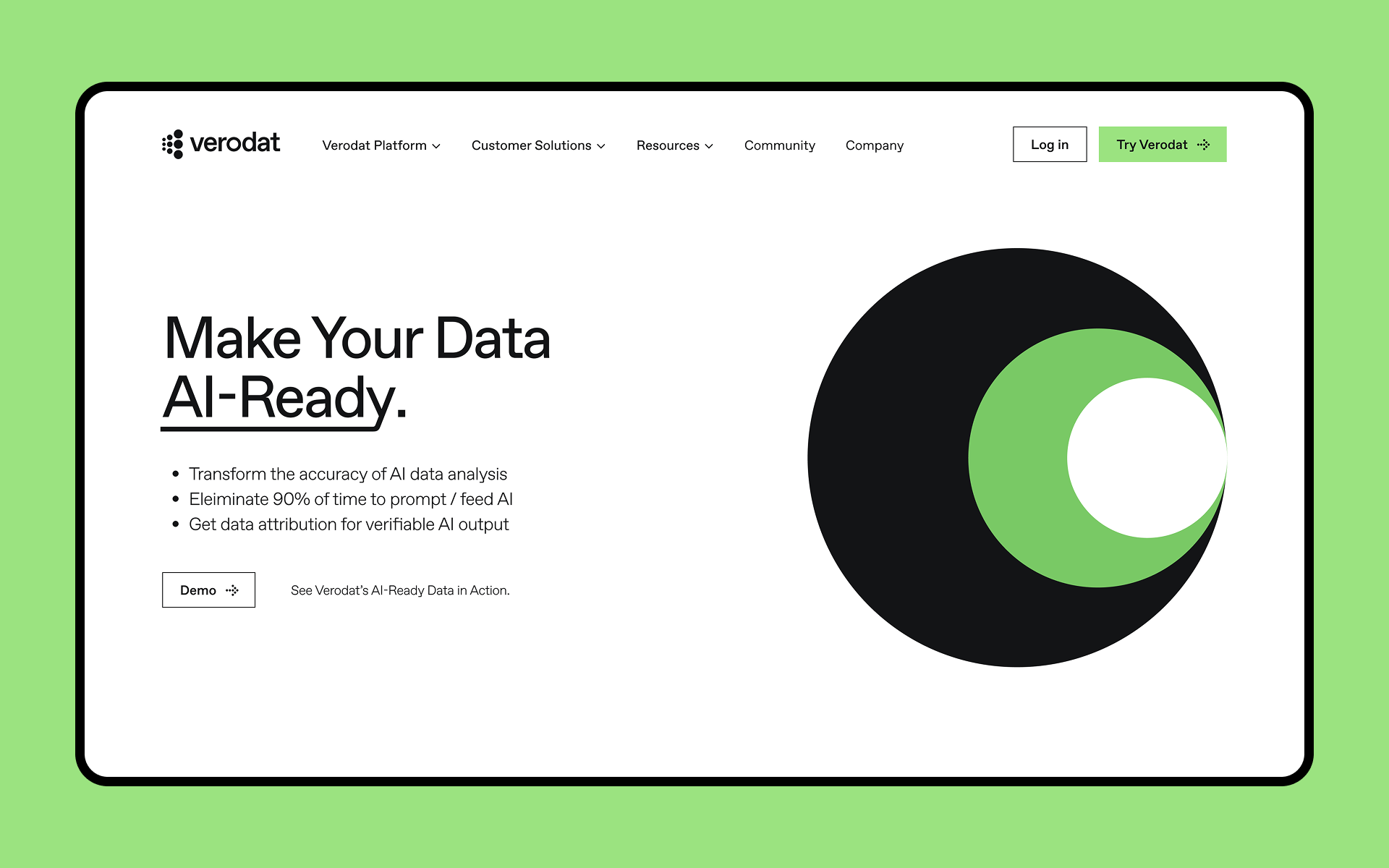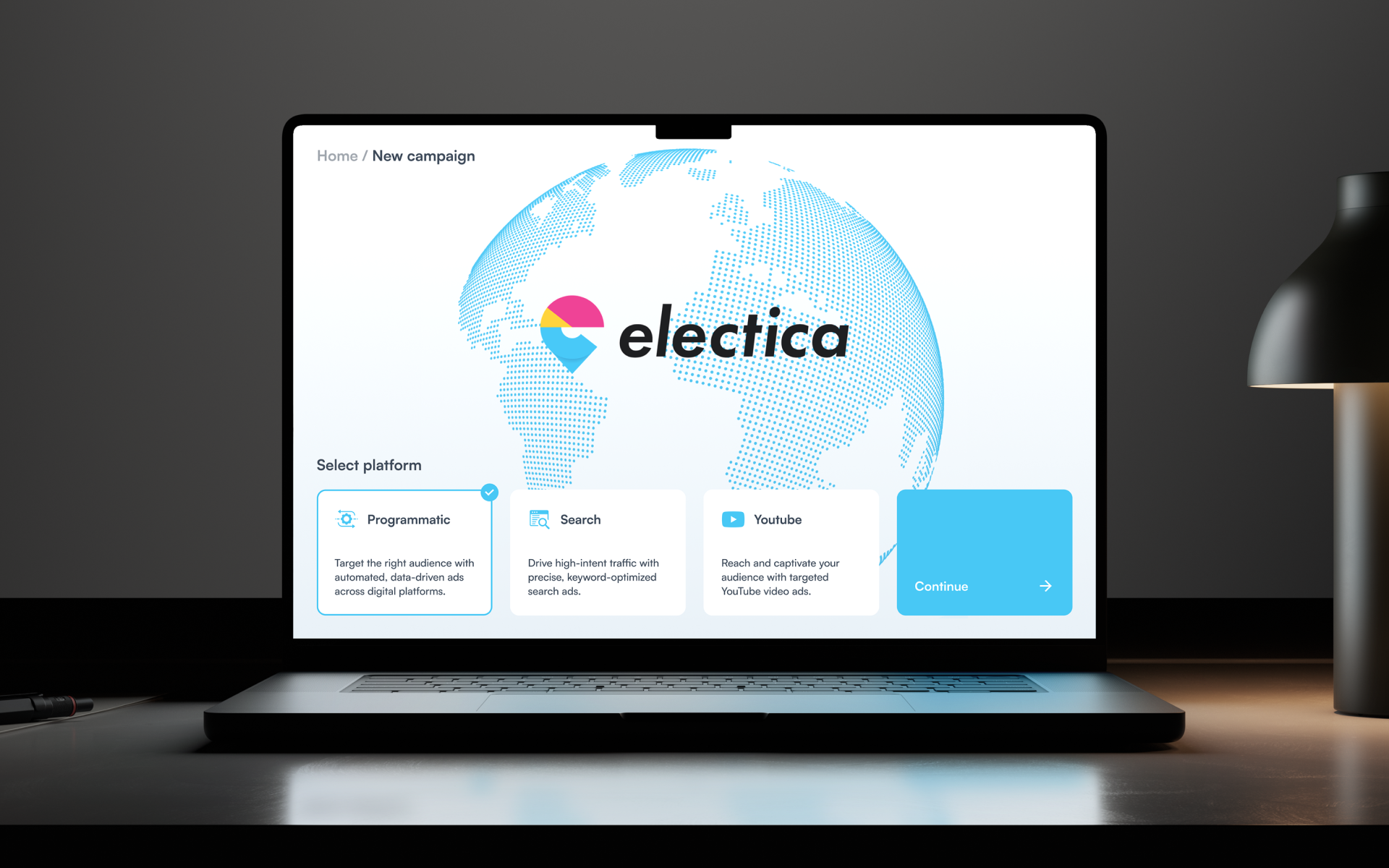







Overview
A UX Audit is a fast, effective way to diagnose what’s working—and what isn’t—in your digital product. Our UX Audits & Heuristic Evaluations service uses established usability principles and expert review to identify friction points, accessibility issues, and opportunities for improvement. Whether you’re optimising conversion, preparing for a redesign, or improving customer satisfaction, our audits give you clear, actionable recommendations to create better user experiences.
Why work with us
We bring an experienced, objective perspective to your product. Our UX experts combine heuristic analysis with behavioural insight to deliver recommendations grounded in real-world usage. Our reports are clear, visual, and actionable—designed to support product owners, marketers, and designers alike. We don’t just critique—we help you move forward with confidence and clarity.
It was an absolute pleasure dealing with Tribe Digital. I can see plainly how and why Tribe Digital are regarded and awarded as they are. Consummate professionals, talented, passionate and ambitious… it’s a Michelin grade recipe.
Eoghan Coleman
UN / International Organization for Migration
FAQ
Great UX starts with clarity. Our UX Audits & Heuristic Evaluations uncover the friction points and missed opportunities hiding in your product. Here are the most common questions we get from teams looking to sharpen usability and boost performance.
What is a UX audit and why do I need one?
A UX audit identifies usability issues and friction in your product, helping you improve user experience, conversion, and retention.
What’s the difference between a UX audit and a heuristic evaluation?
A UX audit is a full review of your product experience. A heuristic evaluation is a part of that — where experts assess your product against usability best practices.
What kinds of products do you audit?
We audit SaaS platforms, apps, eCommerce sites, and internal tools — whether live or in prototype.
What’s included in the audit report?
A clear report with key issues, annotated screenshots, and practical recommendations — prioritized by impact.



